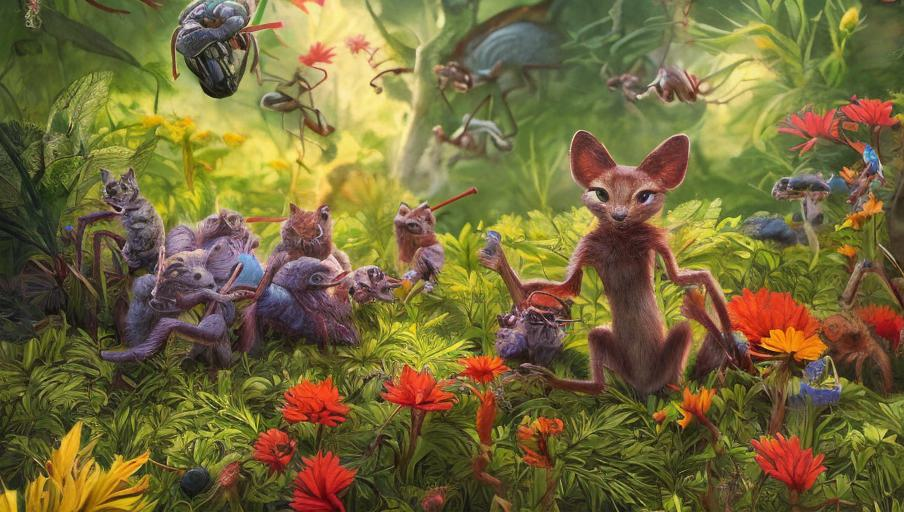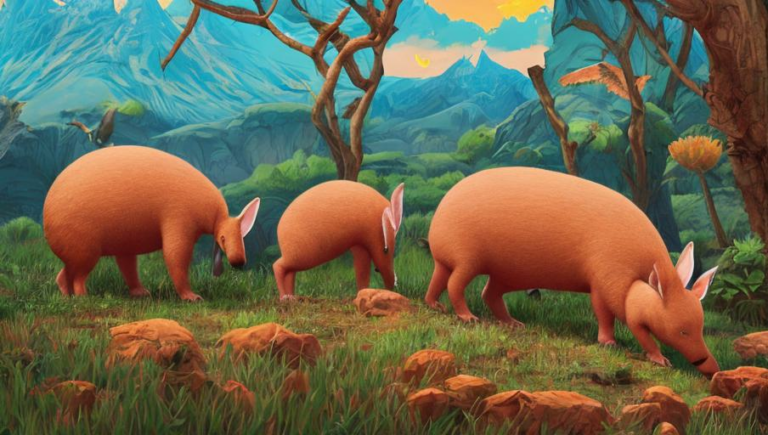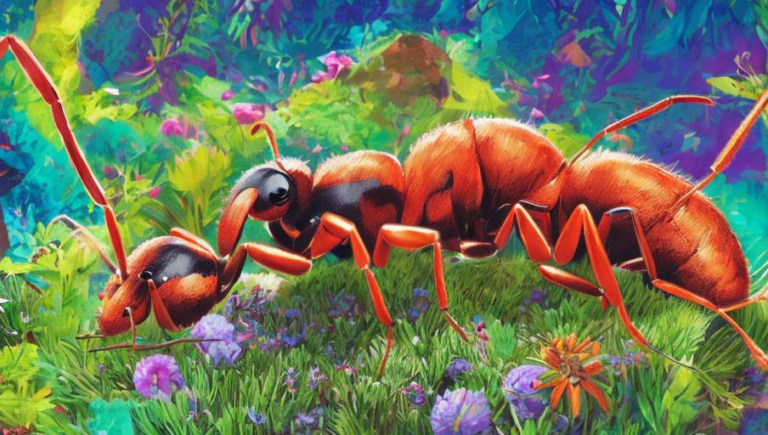Understanding Ant Anatomy

Understanding Ant Anatomy
Ants are fascinating creatures, and they have a unique anatomy that sets them apart from other insects. They are an important part of many ecosystems, and their bodies contain features that allow them to survive in a variety of different habitats. To better understand ants, it is important to know about their anatomy and the various parts of their bodies.
Head
The head of an ant contains its eyes, antennae, and mandibles. The eyes of an ant are compound eyes, which means that each eye is formed from multiple lenses. This allows them to have a wide field of view. The antennae are an important sensory organ that helps ants sense the environment around them. The mandibles are an organ used for chewing and manipulating objects.
Thorax
The thorax is the middle section of an ant’s body. It contains the wings (if the ant is a female) and the legs. The legs are adapted for walking and climbing, and they also contain sensory organs to help the ant detect its surroundings. The wings are only found in female ants and are used for flight.
Abdomen
The abdomen is the posterior section of an ant’s body. It contains the digestive and reproductive organs, as well as the venom gland. The venom gland contains the poison that ants can use to defend themselves from predators. The digestive system is responsible for breaking down food and absorbing nutrients. The reproductive system is responsible for reproducing and laying eggs.
Exoskeleton
The exoskeleton is a hard outer shell that covers an ant’s body. It is made up of chitin, a tough material that provides protection from physical damage and predators. The exoskeleton also helps with thermoregulation and water retention. The exoskeleton also helps an ant to move by providing a rigid frame for its muscles and other body parts to work against.
Conclusion
The anatomy of an ant is complex and fascinating. Ants have a variety of adaptations that allow them to survive in different environments and to interact with their environment in a variety of ways. Understanding the anatomy of an ant is important for anyone who wants to learn more about these amazing creatures.





